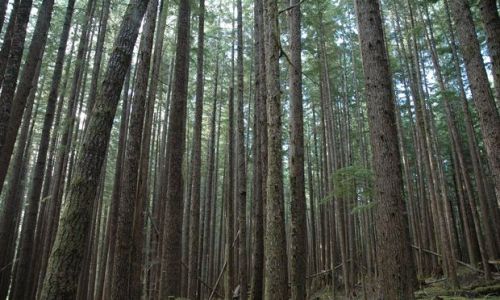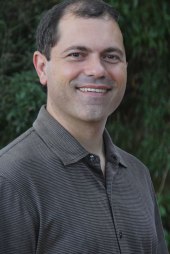
Toby Hemenway was born on April 23, 1952 and died on December 20, 2016.
He was an American author and educator.
Hemenway has written extensively on permaculture and ecological issues.
Hemenway was the author of Gaia’s Garden: A Guide to Home-Scale Permaculture and The Permaculture City: Regenerative Design for Urban, Suburban, and Town Resilience.
Hemenway served as an adjunct professor at Portland State University, Scholar-in-Residence at Pacific University, and a field director at the Permaculture Institute (USA).
When he had obtained his degree in biology from Tufts University, Toby worked for many years as a researcher in genetics and immunology, first in academic laboratories including Harvard and the University of Washington in Seattle, and then at Immunex, a major medical biotech company.
Toby Hemenway passed away at 64 years old.








